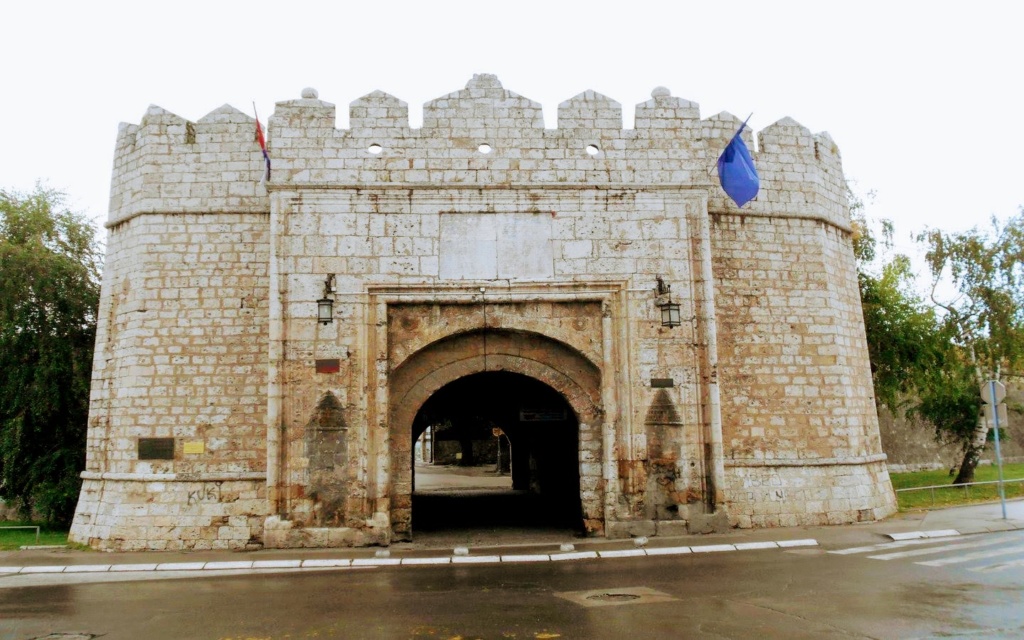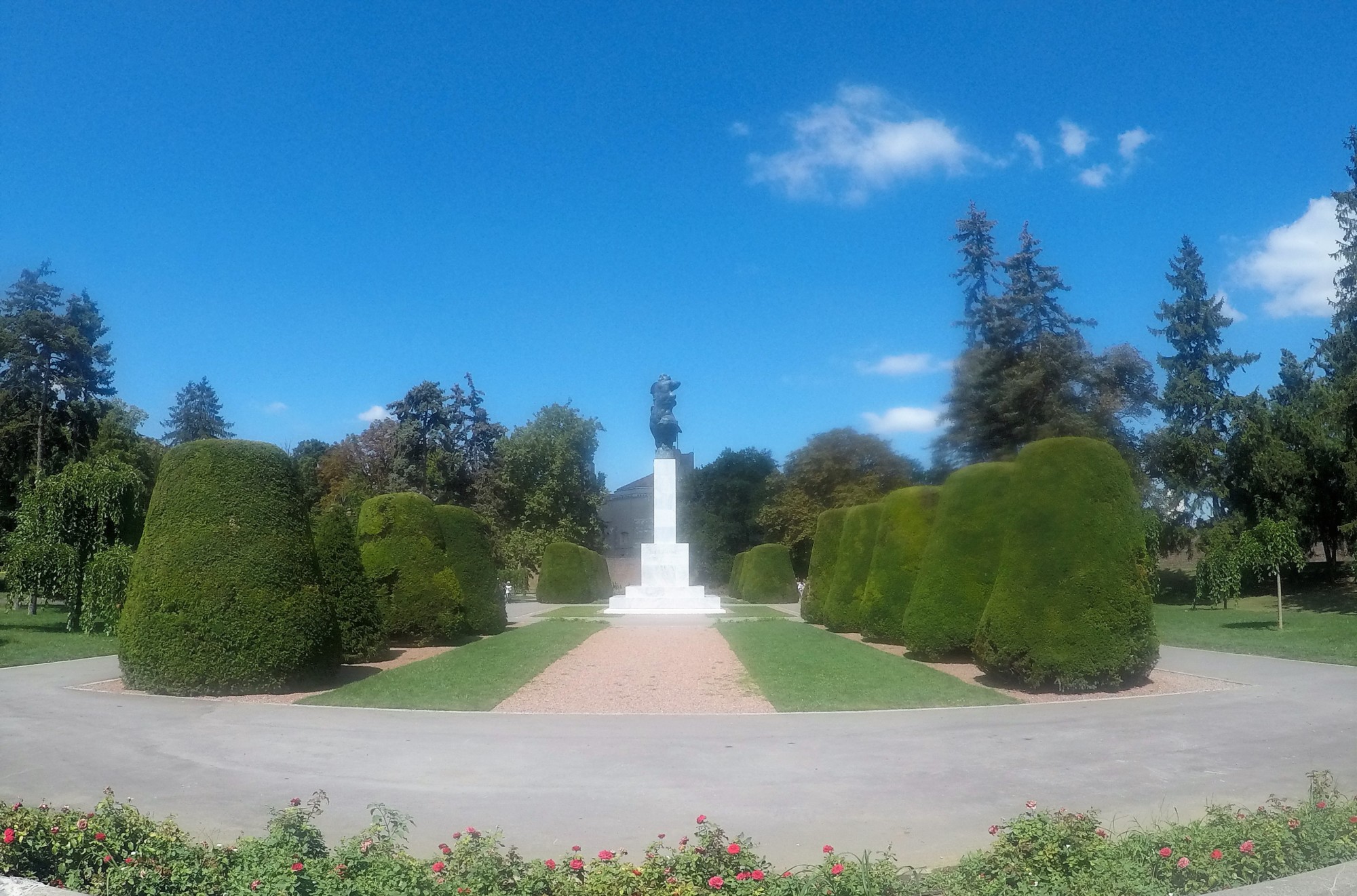SERBIA
THE TOP 15 ATTRACTIONS IN BELGRADE
THE ULTIMATE TRAVEL GUIDE
Top 15 Things to See in Belgrade, Serbia
Belgrade, the capital of Serbia, is a city rich in history and culture. From ancient fortresses to vibrant neighborhoods, here are the top 15 things to see in Belgrade:
1. Belgrade Fortress (Kalemegdan)
History & Highlights: Belgrade Fortress, dating back to the 3rd century BC, has been a strategic point for defense and conquest through numerous empires, including the Romans, Byzantines, Ottomans, and Austro-Hungarians. The fortress offers panoramic views of the confluence of the Sava and Danube rivers and the city below. Within the fortress, you’ll find the Military Museum, which houses a vast collection of historical artifacts, including medieval armor and World War II exhibits. The Roman Well and the Victor Monument, symbolizing Serbian victory, are also notable highlights.
2. St. Sava Temple
History & Highlights: Dedicated to Saint Sava, the founder of the Serbian Orthodox Church, this temple is one of the largest Orthodox churches in the world. Construction began in 1935 and is still ongoing, particularly the intricate interior mosaics. The grand dome and marble facade are awe-inspiring. Visitors can attend services and enjoy the serene atmosphere. The crypt beneath the church, with its stunning frescoes and icons, is also a must-see.
3. Knez Mihailova Street
History & Highlights: This pedestrian street, named after Prince Mihailo Obrenović, is the main shopping and cultural artery of Belgrade. It is lined with historic buildings dating from the late 19th century, housing shops, cafes, and restaurants. Street performers and artists add to the vibrant atmosphere. Key landmarks include the Republic Square at one end and Kalemegdan Park at the other. The street is particularly beautiful during the holiday season when it’s adorned with festive lights.
4. Skadarlija
History & Highlights: Skadarlija, Belgrade’s bohemian quarter, has preserved the spirit of old Belgrade. Its cobblestone streets and traditional Serbian restaurants (kafanas) offer a nostalgic glimpse into the city’s past. Skadarlija is famous for its lively atmosphere, with live folk music and performances often taking place. Notable venues include the Tri Šešira (Three Hats) restaurant, which has been serving guests since 1864. The area is also home to numerous art studios and galleries.
5. Nikola Tesla Museum
History & Highlights: This museum, dedicated to the life and work of Nikola Tesla, one of the greatest inventors, is a treasure trove of scientific history. It houses over 160,000 original documents, photographs, and technical exhibits. Visitors can see Tesla’s personal belongings, his ashes in a golden sphere, and interactive displays of his most famous inventions, such as the Tesla coil. Guided tours provide deep insights into his groundbreaking work in electricity and magnetism.
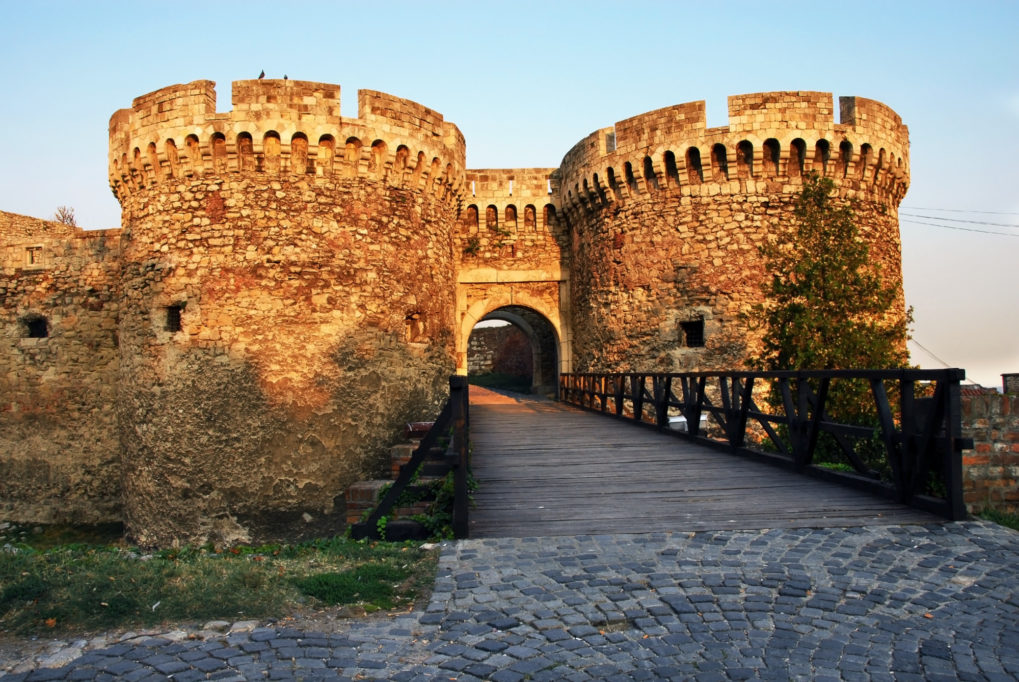
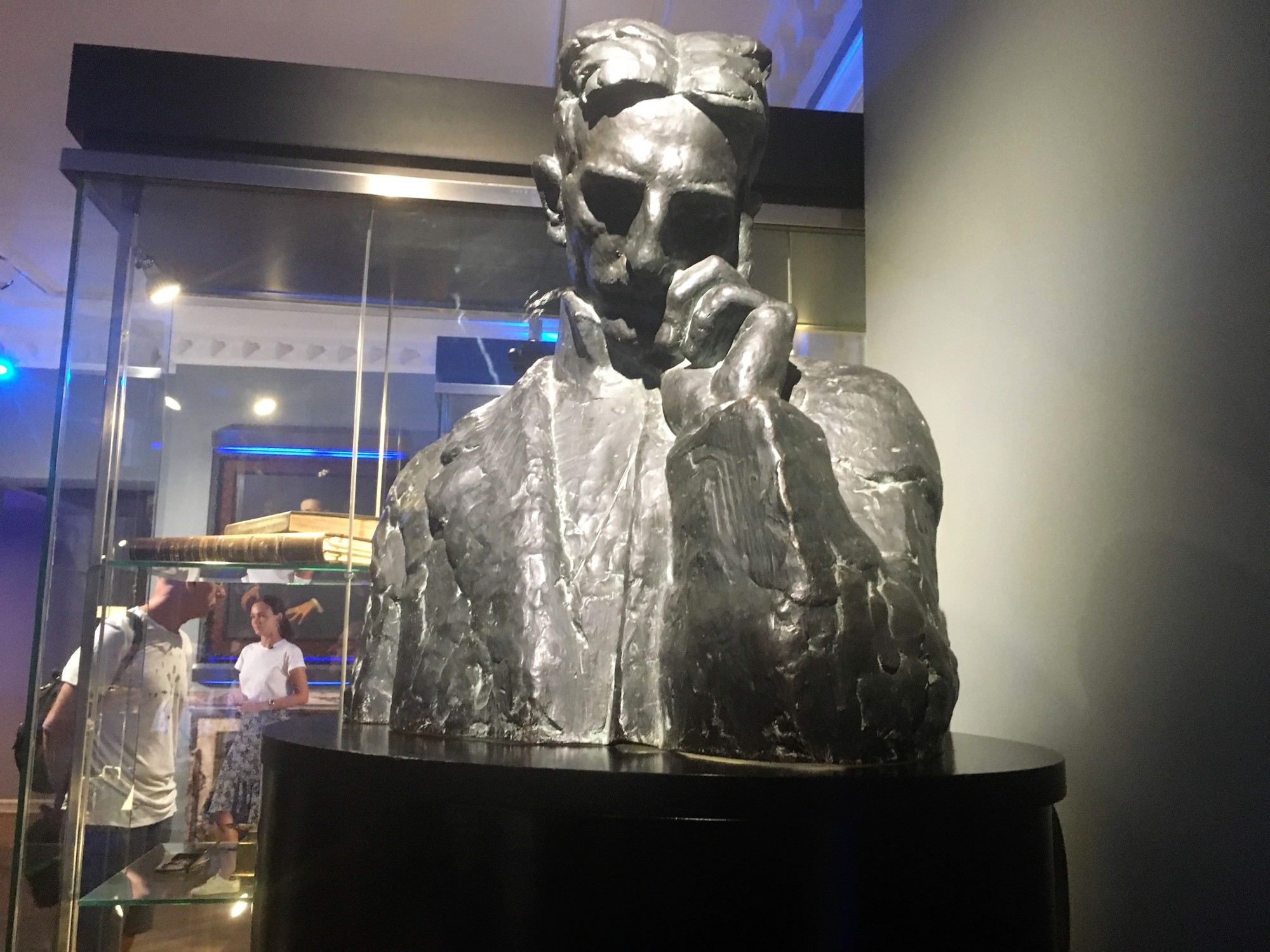
6. Republic Square (Trg Republike)
History & Highlights: Republic Square is the central hub of Belgrade, marked by the statue of Prince Mihailo on horseback. It is surrounded by significant cultural institutions, including the National Museum, which boasts a collection of over 400,000 items from Serbian and international artists, and the National Theatre, which hosts opera, ballet, and drama performances. The square is a popular meeting point and often hosts public events, concerts, and festivals.
7. Ada Ciganlija
History & Highlights: Known as Belgrade’s “Sea,” Ada Ciganlija is a river island turned into a sprawling recreational area. It offers beaches for sunbathing and swimming, sports facilities for activities like cycling, golf, and bungee jumping, and numerous cafes and bars. The area is also home to a beautiful lake, ideal for kayaking and rowing. In the summer, Ada Ciganlija is a vibrant spot for nightlife, with open-air concerts and events.
8. Zemun
History & Highlights: Once a separate town, Zemun retains a distinct character with its narrow streets and Austro-Hungarian architecture. The Gardoš Tower is a notable landmark offering panoramic views of the Danube and Belgrade. The Zemun Quay is a picturesque riverside promenade lined with cafes and restaurants. Historical highlights include the Millennium Tower and the Church of St. Nicholas, one of the oldest churches in the area.
9. House of Flowers (Tito’s Mausoleum)
History & Highlights: The House of Flowers is the final resting place of Josip Broz Tito, the leader of the former Yugoslavia. It is part of the Museum of Yugoslavia, which offers insights into the country’s socialist era. The mausoleum is surrounded by a peaceful garden, symbolizing Tito’s connection to nature. The museum’s exhibits include Tito’s personal belongings, gifts from state visits, and various artifacts depicting life in Yugoslavia.
10. Belgrade Waterfront
History & Highlights: Belgrade Waterfront is a modern urban development project along the Sava River, representing the city’s transformation and growth. It features luxurious residential buildings, shopping centers, and beautifully landscaped promenades. The Belgrade Tower, a landmark skyscraper, is the centerpiece of the development. The area is also home to numerous restaurants, cafes, and entertainment venues, making it a lively spot for both locals and tourists.
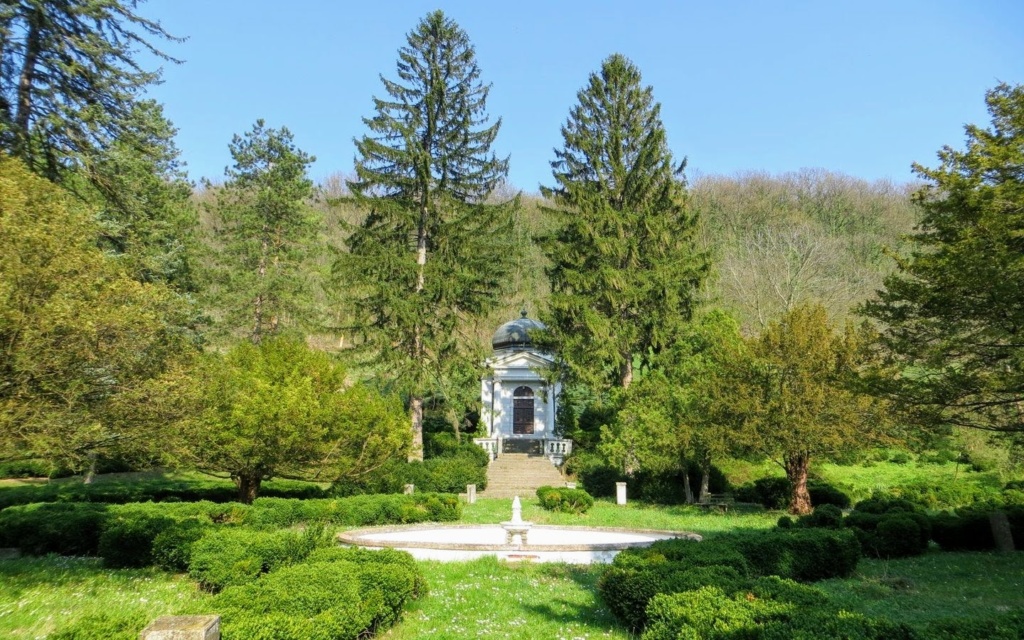

11. Museum of Contemporary Art
History & Highlights: Situated in Ušće Park, the Museum of Contemporary Art houses an impressive collection of modern and contemporary art from Serbia and the former Yugoslavia. The museum building itself is an architectural masterpiece, designed by Ivan Antić and Ivanka Raspopović. Its collections include works by prominent artists such as Marina Abramović and Dušan Džamonja. The museum frequently hosts temporary exhibitions, workshops, and cultural events.
12. Church of Saint Mark
History & Highlights: Located in Tašmajdan Park, the Church of Saint Mark is one of the largest churches in Belgrade. Built in the Serbian-Byzantine style, it is renowned for its stunning interior frescoes and mosaics. The church also houses the tomb of King Alexander I of Yugoslavia and Queen Maria. Its architectural design is reminiscent of the Gračanica Monastery in Kosovo, making it a significant cultural and historical site.
13. Avala Mountain and Avala Tower
History & Highlights: Avala Mountain, located just outside Belgrade, is a popular spot for nature lovers and hikers. The Avala Tower, originally built in 1965 and rebuilt in 2010 after being destroyed in 1999, offers spectacular views of Belgrade and the surrounding countryside. At the top of Avala Mountain, visitors can also find the Monument to the Unknown Hero, dedicated to the soldiers of World War I, designed by the famous sculptor Ivan Meštrović.
14. Savamala
History & Highlights: Once a neglected district, Savamala has undergone a renaissance and is now a vibrant cultural hub. It’s filled with art galleries, design studios, trendy cafes, and nightclubs. Mikser House, a popular venue, hosts cultural events, exhibitions, and concerts. Savamala’s transformation is a testament to Belgrade’s dynamic and evolving cultural scene, making it a must-visit for art enthusiasts and nightlife seekers.
15. Tašmajdan Park
History & Highlights: Tašmajdan Park is a large urban park in the center of Belgrade, offering a tranquil escape from the bustling city. It features beautifully landscaped gardens, fountains, and playgrounds. The park is also home to the Church of Saint Mark and the Main Post Office building. Monuments in the park commemorate significant historical events and figures, including a monument to the Soviet soldiers who died during World War II.
Belgrade is a city where history meets modernity, offering visitors a rich tapestry of experiences. From its historic fortresses and churches to its vibrant neighborhoods and cultural institutions, there’s something for everyone to enjoy.
